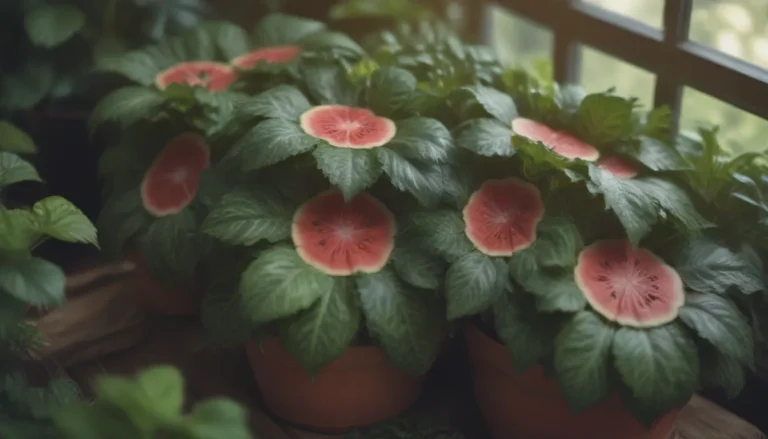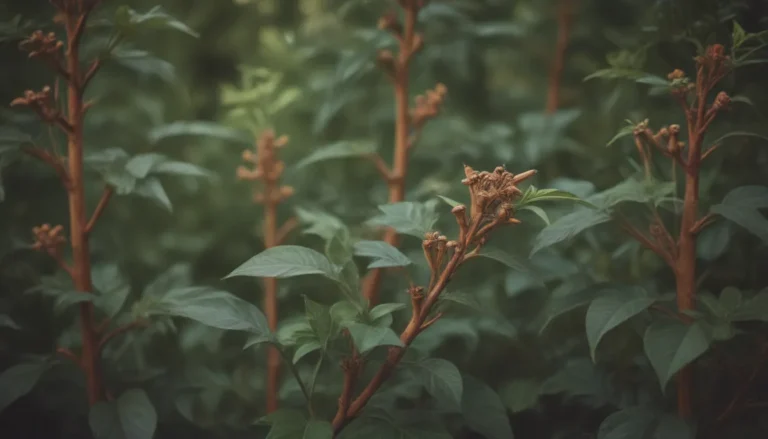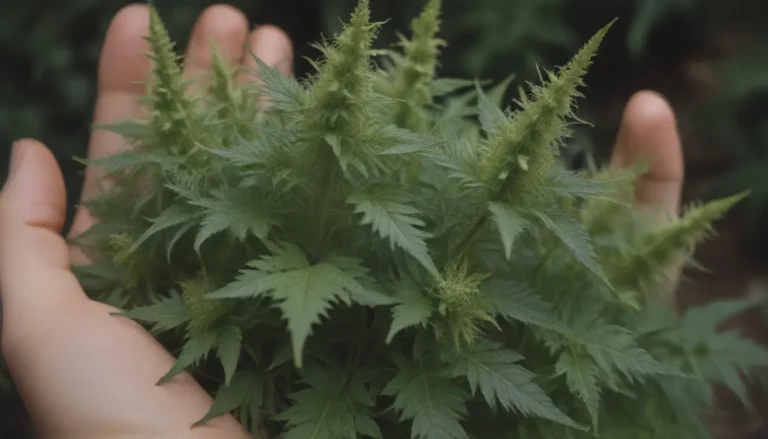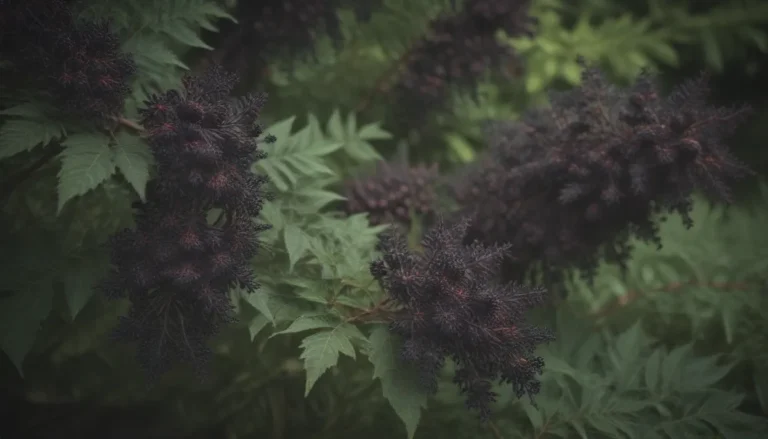Everything You Need to Know About Growing and Caring for False Sunflowers
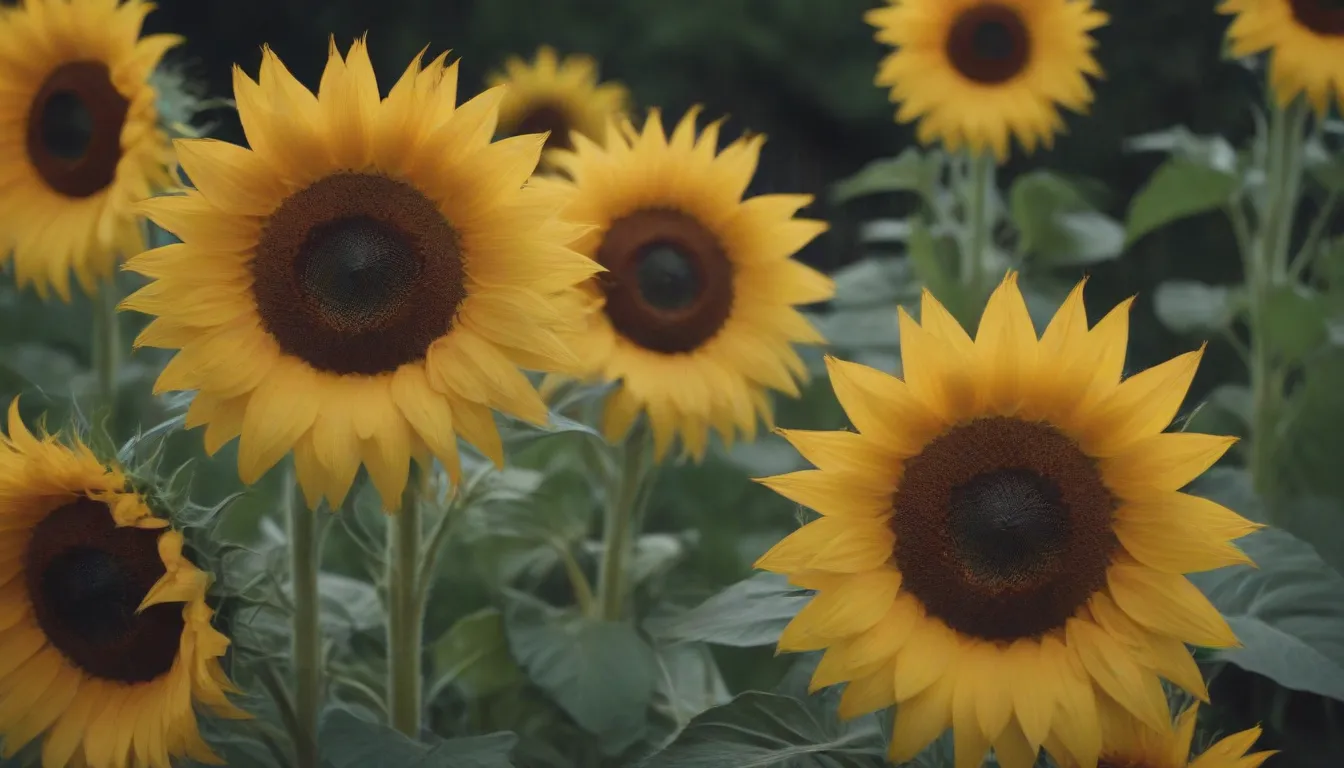
If you’re looking to add a bright splash of color to your garden or patio, look no further than the false sunflower, also known as the oxeye sunflower. These easy-growing herbaceous perennials are a delightful addition to any landscape, naturalizing in grasslands and at the edge of woodlands. Despite their botanical name, Heliopsis helianthoides, being a bit of a mouthful, these plants are essentially sunflower-like, taking after the Greek sun god, Helios.
Introduction to False Sunflowers
False sunflowers are native wildflowers in most of North America, with the exception of the western third of the continent. These plants are best started in the spring or fall, growing fairly quickly into upright clumps with triangular-shaped leaves and branching stems. The daisy-like, yellow-orange flowers that adorn these plants surround a cone-shaped, golden-brown center disk, attracting hummingbirds, bees, and butterflies without being invasive or toxic.
False Sunflower Care Tips
Caring for false sunflowers is relatively straightforward, making them a low-maintenance addition to your garden. Here are some essential care tips to keep your false sunflowers healthy and thriving:
- Deadheading: Removing spent blooms will encourage new buds to form, extending the blooming period.
- Staking: Many varieties may become top-heavy and require staking to support their growth.
- Pruning: Consider pruning or pinching back the plants in mid-spring for a shorter, sturdier appearance.
- Watering: While false sunflowers can tolerate drought, they prefer regular watering to keep the soil moderately moist.
- Light: These plants thrive in full sun, although they can tolerate light shade.
- Soil: False sunflowers can thrive in various soil types, preferring well-draining soil with a neutral pH.
Types of False Sunflowers
When it comes to false sunflowers, you’ll be hard-pressed to find a variety that doesn’t add beauty to your garden. Some popular types include:
- ‘Asahi’
- ‘Loraine Sunshine’
- ‘Prairie Sunset’
- ‘Summer Nights’
- ‘Summer Sun’
Growing False Sunflowers
Whether you’re starting false sunflowers from seed or propagating existing plants, here are some tips to ensure their successful growth:
Propagating False Sunflowers
False sunflowers tend to stay in one place, forming clumps rather than spreading throughout the garden. To prevent clumps from dying in the center, consider dividing your plants every two to three years in either the spring or fall.
How to Grow False Sunflowers From Seed
If you’re starting false sunflowers from seed, you can do so in the spring or fall. Whether you choose to start seeds indoors or direct sow them, ensure the growing medium is moist but not overwet. Remember that false sunflowers tend to bloom in their second year, so be patient if your spring seedlings don’t flower immediately.
Potting and Repotting False Sunflowers
False sunflowers can be grown in containers or pots, creating a colorful arrangement for your patio or garden. When planting in containers, ensure they receive full sun and regular watering to thrive.
Overwintering False Sunflowers
To protect your false sunflowers during winter, leave plants in the ground untrimmed until spring. Alternatively, bring container-grown plants indoors to a protected location to avoid frost. Both methods will help ensure the survival of your plants through the colder months.
Common Pests and Diseases
False sunflowers are generally resilient to pests and diseases, but aphids and powdery mildew can occasionally pose issues. Encourage good air circulation around your plants to prevent and mitigate these problems without resorting to insecticides or fungicides.
Conclusion
In conclusion, false sunflowers are a delightful addition to any garden, brightening up your landscape with their cheerful blooms. By following these care tips and growing guidelines, you can enjoy these sunflower-like plants for years to come. Remember to deadhead spent blooms, provide adequate sunlight and water, and enjoy the beauty these plants bring to your outdoor space. Experiment with different varieties and pair them with complementary plants for a vibrant and diverse garden display. Whether you’re a seasoned gardener or a novice plant enthusiast, false sunflowers are a fantastic choice for adding color and charm to your outdoor oasis.
